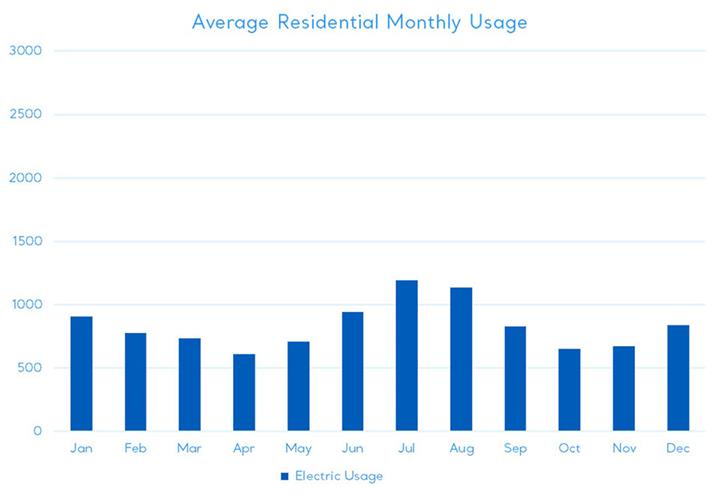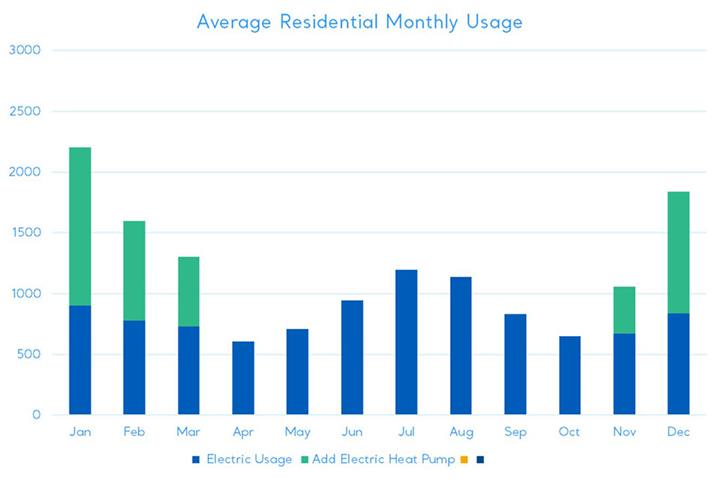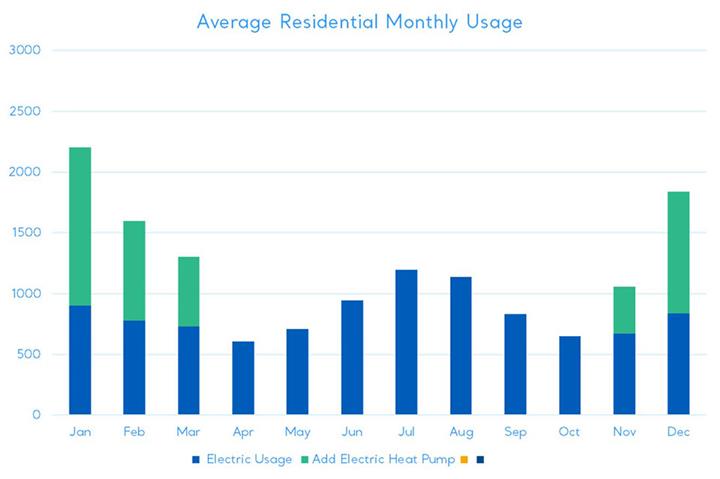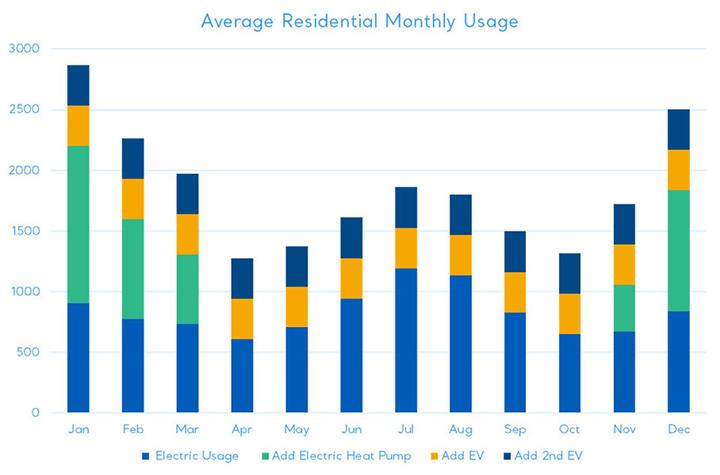The Energy Impact of Electrifying Your Home

As the calls for broad electrification of our energy generation and consumption increase, it's important that homeowners understand what this could mean for their energy bill – and their carbon footprint.
At its simplest, the concept of electrification refers to the process of replacing technologies that use fossil fuels – like coal, oil, and natural gas – with technologies that use renewable, or green, electricity as a source of energy. Common electrification targets include vehicles, appliances, and heating and cooling systems, like furnaces.
While going electric at home can help you reduce your carbon impact – 25 percent of your carbon footprint comes from your home energy usage! – you'll be successful only if the source of your electricity is clean.
Making the electric transition at home – either with an electric vehicle (EV), a heat pump, or both – will undoubtedly help you lower your natural gas and fuel spending. But it will also greatly increase your electricity consumption.
Let's look at what electrification upgrades and investments might mean for your household.
Electrifying your home – a look at the impact on your power usage
The average IGS Energy home customer uses about 10,000 kWh annually.

By replacing a furnace with an electric heat pump at home, this customer is adding 4,074 kWh annually.

By investing in an EV, the customer adds another 4,000 kWh annually.

Ultimately, this customer has increased their electricity usage from 10,000 kWh to 22,075 kWh.

While electrification is one solution to our carbon-reduction challenge, it won’t solve all of our problems until our grid is cleaner. Learn more about your clean energy options, including green electricity, solar, and carbon-neutral natural gas, here.
How to lower your carbon footprint